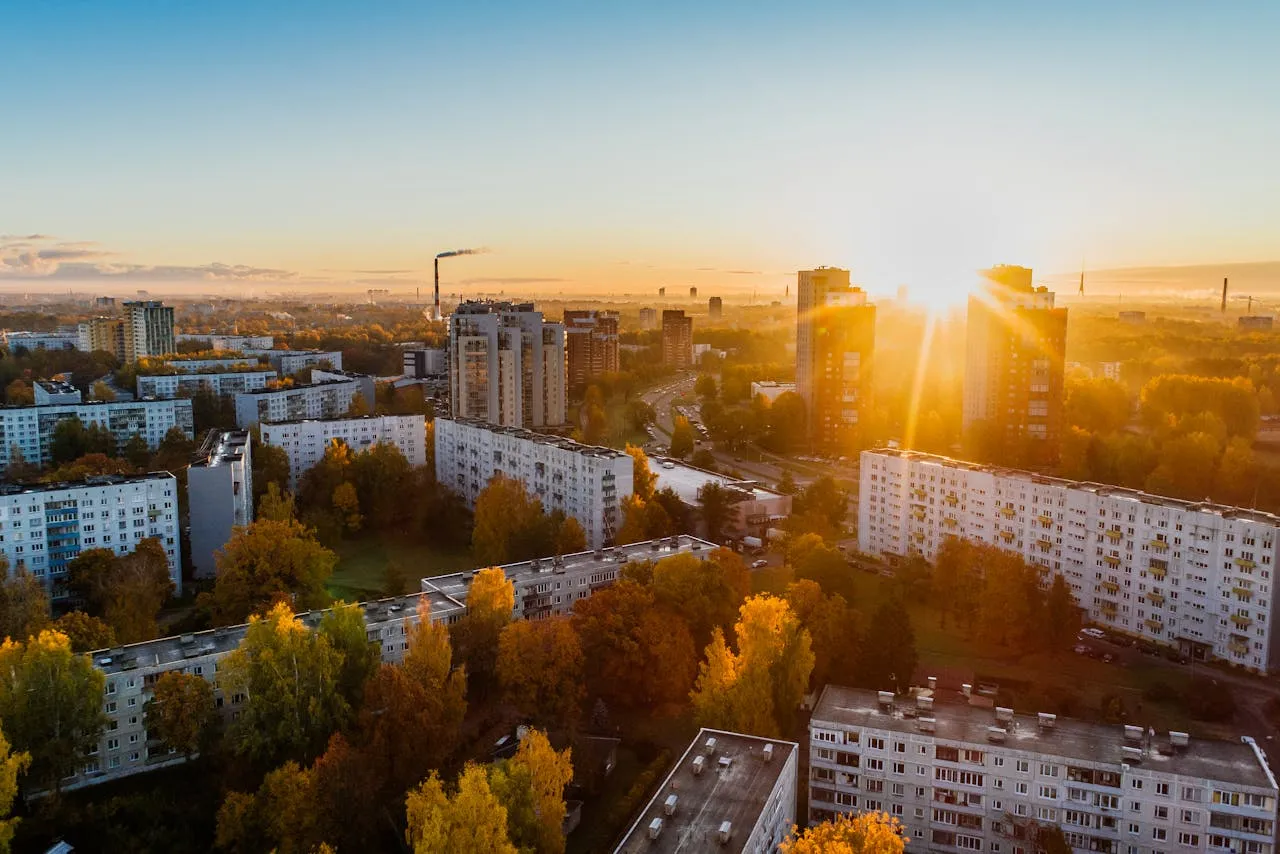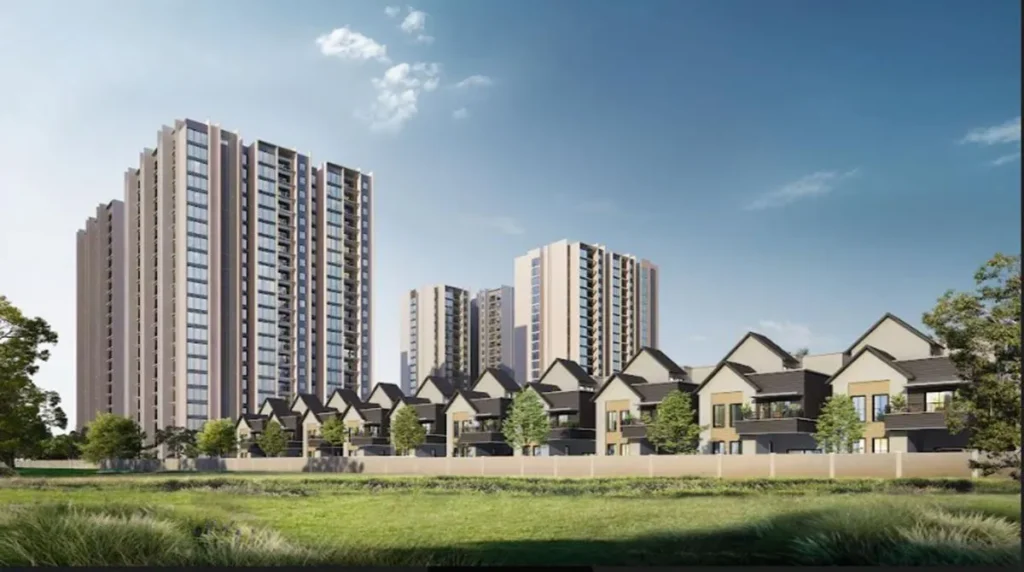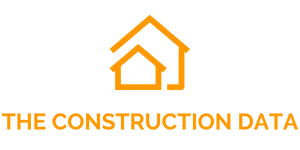
The HueHub: Disrupting Traditional Affordable Housing Models
Amid a growing housing crisis in Miami, a bold and transformative development is poised to redefine what attainable urban living looks like for the city’s underserved middle class. The HueHub, a visionary mixed-use project, is more than just a real estate venture—it’s a comprehensive, community-first solution tailored to the needs of working families, professionals, and everyday Miamians seeking affordable, high-quality housing in a city increasingly known for its escalating costs.
At its core, The HueHub is a response to a demographic that often goes unnoticed in public policy and private investment—the “missing middle.” These are individuals and families who earn too much to qualify for subsidized housing but far too little to comfortably afford the city’s skyrocketing rents or home prices. For them, The HueHub aims to provide more than shelter. It offers a future rooted in dignity, stability, and opportunity.
A Monumental Development with a Purpose-Driven Heart
Situated on 12 acres at 8395 NW 27th Avenue in Miami’s West Little River neighborhood, The HueHub is strategically located to offer both community integration and excellent connectivity. This 509,447-square-foot development will consist of seven distinctive 35-story towers, collectively housing 4,032 fully furnished residential units designed with modern lifestyles in mind. These towers will surround an ecosystem of nearly 200,000 square feet of interior amenities, anchored by a two-acre public park, offering expansive green space and outdoor communal areas for rest, recreation, and events.
One of the most remarkable aspects of this project is its Transit-Oriented Development (TOD) planning. Located just one block from the Northside Metrorail Station and close to the Tri-Rail, The HueHub connects residents to Downtown Miami, Miami International Airport, and key employment and educational hubs across South Florida. This proximity reduces car dependency, shortens commutes, and adds to residents’ daily convenience and environmental impact reduction.
A Vision Rooted in Community Well-Being
“The HueHub is, of course, a real estate development,” says developer Pablo Castro, “but that is secondary to our broader mission—solving our community’s most pressing issue: access to attainable housing. We’re building more than homes; we’re creating a purpose-driven environment with the power to change lives.”
Indeed, Castro’s vision goes beyond bricks and mortar. It centers around four key pillars that collectively define the project’s ethos: thoughtful design, self-sustainability, holistic wellness, and attainability. These pillars converge to form a dynamic ecosystem tailored to elevate the lifestyle, dignity, and opportunities available to Miami’s middle-income earners.
Pillar 1: Thoughtful, Community-Centric Design
At every level, The HueHub is designed to feel like home. Architectural powerhouse Arquitectonica brings its expertise to the table, ensuring the design is both functional and inspirational. From the moment residents and visitors arrive, the architecture and landscape will evoke modern sophistication, grounded in human-scale design that promotes comfort and a sense of place.
Interiors will emphasize natural light, green spaces, and intuitive layouts, with common areas crafted to foster social engagement and mental well-being. From serene gardens to cozy lounges and multifunctional community rooms, every element is curated to create a sense of belonging and relaxation.
Beyond aesthetics, these design elements contribute to mental health, neighborhood connection, and a strong communal identity—key drivers in building a resilient and harmonious residential culture.
Pillar 2: Self-Sustainability from Concept to Completion
Sustainability at The HueHub is not a buzzword—it’s a blueprint. The development integrates eco-conscious materials, energy-efficient systems, and water conservation technologies into its core construction and operations. The two-acre park and surrounding landscape will incorporate native flora, reducing irrigation needs and promoting biodiversity.

This environmental stewardship extends to resident lifestyles, with the project encouraging low-carbon commuting, recycling, waste reduction, and smart energy usage. From solar-integrated systems to green rooftops and bike storage, The HueHub demonstrates how sustainable development can go hand-in-hand with affordability and comfort.
This approach ensures not only long-term cost savings for residents but also contributes to Miami’s climate adaptation goals, setting a precedent for future urban developments.
Pillar 3: Healthy Living and a Community-First Lifestyle
Perhaps most revolutionary is The HueHub’s deep investment in the day-to-day health, education, and enrichment of its residents. By blending wellness, productivity, culture, and childcare under one roof, it reimagines the way housing supports life.
Key health and lifestyle features include:
- On-site urgent care facility: making healthcare an accessible, integrated part of daily life—not a burden or luxury.
- Wellness programs: including guided meditation, fitness classes, and nutrition counseling that promote holistic well-being.
- Pet services: like dog walking and grooming, ensuring pets are cared for even during busy workdays.
- Childcare and youth enrichment programs: with secure, engaging environments to help working parents balance career and family life.
- Laundry and fractional housekeeping services: easing the stress of routine responsibilities.
Community amenities will include:
- A show kitchen, library, creative studios, and gardens designed to foster connection and creativity.
- A cultural arts space for exhibitions, workshops, and events that encourage lifelong learning and community pride.
- A Learning Center to support children’s homework, adult education, and online upskilling programs.
- Flexible coworking and entrepreneurial spaces, offering freelancers and remote workers a professional environment close to home.
These elements are more than conveniences—they’re essential tools for nurturing health, economic mobility, and strong social bonds in a city known for its fast pace and socioeconomic divides.
Pillar 4: Housing That’s Actually Attainable
Affordability is often touted but rarely realized in urban housing. The HueHub changes that with a sincere commitment to accessibility. Initial rental pricing reflects this:
- Studios starting around $1,300/month
- One-bedroom units from $1,600/month
- Two-bedroom units from $1,900/month
Each unit will be fully furnished and move-in ready, reducing upfront costs and making high-quality living more accessible to a broader segment of the population.
In the long term, the development team plans to introduce a school onsite, serving both HueHub residents and the surrounding West Little River community. This will further root the development in civic life and provide multi-generational value.
By drastically reducing the burden of commuting, home maintenance, and basic services, residents are empowered to invest time and energy into personal and professional growth. Whether it’s spending more time with family, pursuing continuing education, or simply enjoying a less stressful lifestyle, The HueHub enables residents to thrive—not just survive.
Reclaiming Time, Dignity, and Opportunity
In an era where middle-class families increasingly feel priced out of the cities they help build and support, The HueHub represents a new model—one that redefines success in housing as more than occupancy rates or luxury features. Instead, it centers humanity.
By addressing not only where people live, but how they live, The HueHub will empower thousands of Miamians to reclaim their most precious asset: time. Time to spend with loved ones. Time to pursue goals. Time to live well.
More than a collection of high-rises, The HueHub is a movement in concrete and steel—an invitation for cities everywhere to rethink housing with dignity, resilience, and equity at the center.




